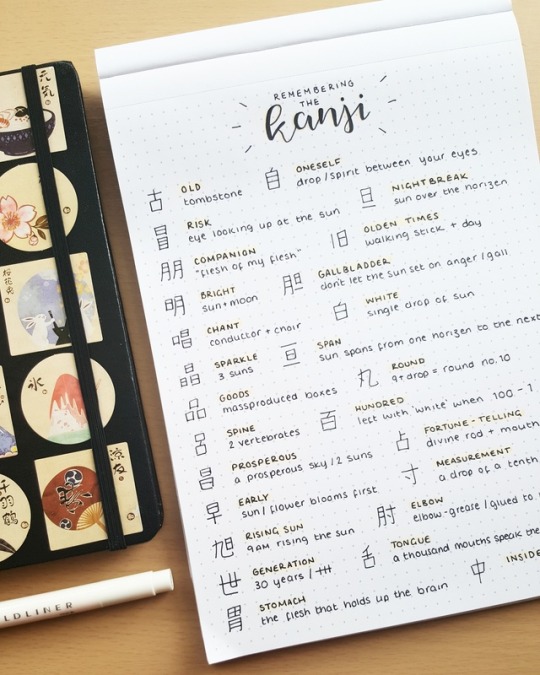Photo
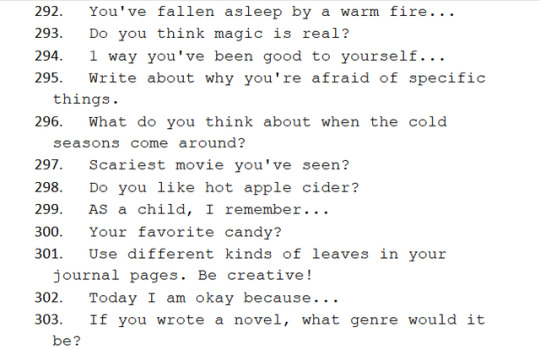
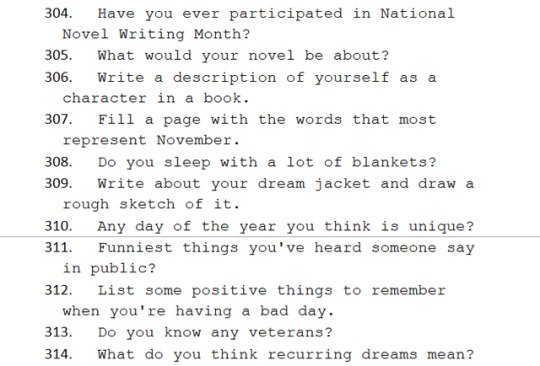


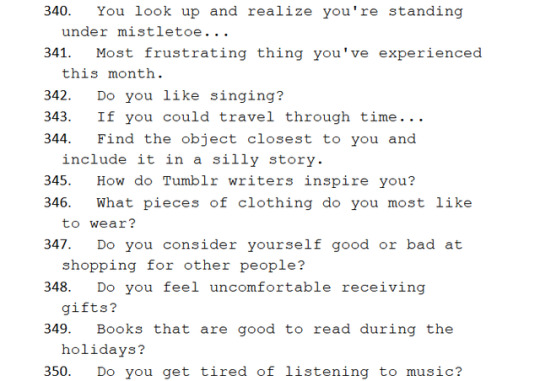


2018 Journal Challenge Writing Prompts Part 3!
There you go, everyone! An entire year’s worth of writing prompts just for you!
Hope you enjoy your writing this year!
Feel free to tag: #Journaling-Junkie, and #2018JournalChallenge
if you post any entries on your blog and would like to share your writing with us!
Wishing you all a very happy and successful 2018! :)
3K notes
·
View notes
Photo

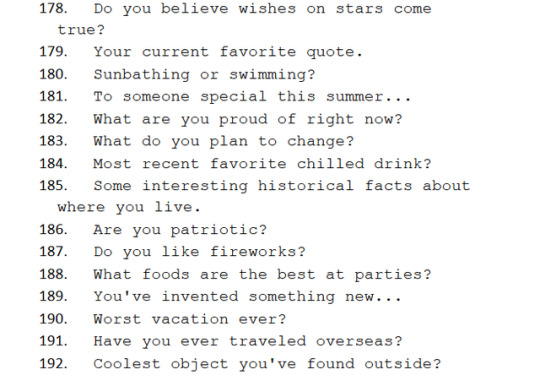
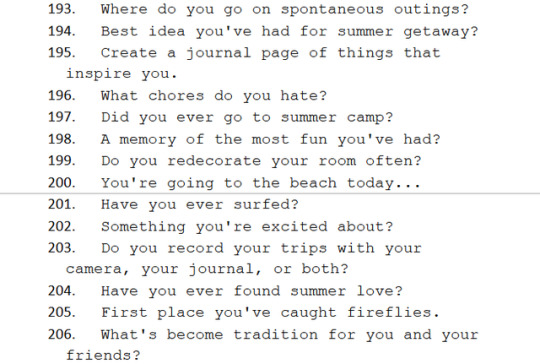


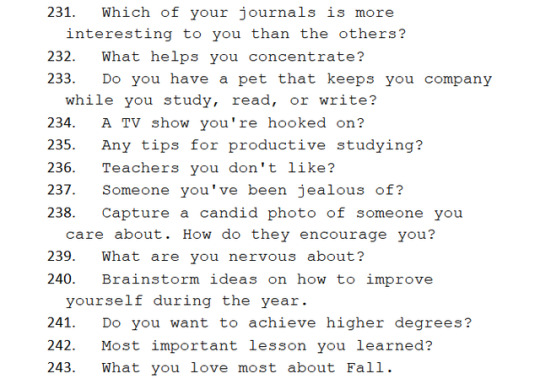
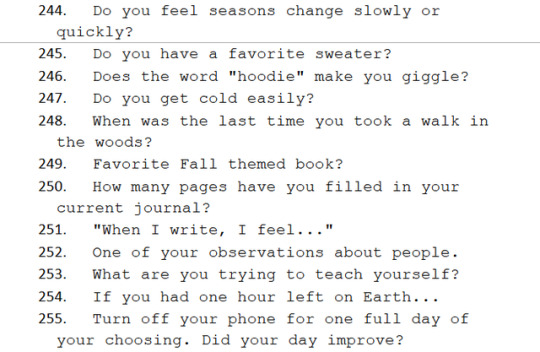
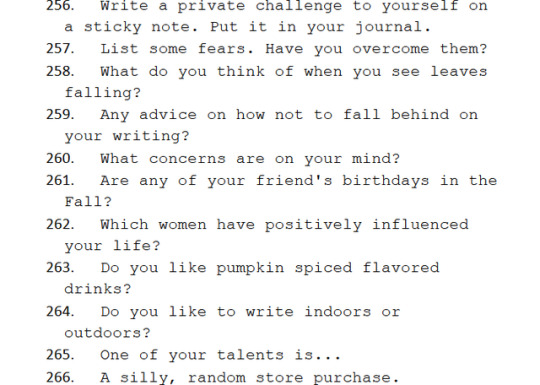


2018 Journal Challenge Writing Prompts Part 2!
Happy New Year, everyone!
Tag: #Journaling-Junkie, and #2018JournalChallenge
3K notes
·
View notes
Photo






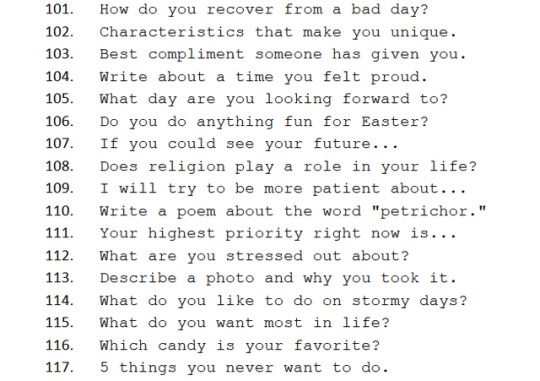


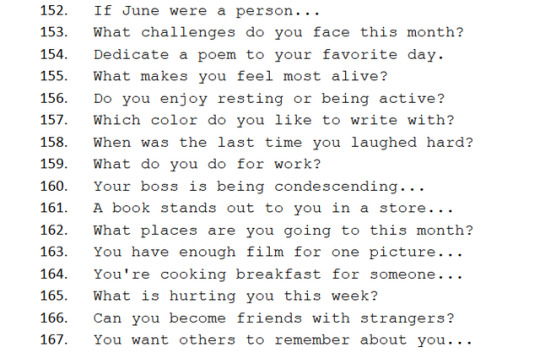
2018 Journal Prompts part 1
Happy New Year, everyone!
Tags: #Journaling-Junkie #2018JournalChallenge
7K notes
·
View notes
Text
HEEYY
Hi, I’m lonely and I’m looking for a friend.
Reblog if it’s alright if I randomly start talking to you.
134 notes
·
View notes
Conversation
me: I'm very careful with who I talk to. I have trust issues so it takes me awhile to open up to someone.
also me: *after a 2 minute conversation* tells life story, traumas, depression, problems, etc.
me: so yea it thats why it takes me awhile to open up to someone
1 note
·
View note
Text
日本語 tumblrs
http://japanesetest4you.tumblr.com/
http://japaneselanguagestudygroup.tumblr.com/
http://japanese-latte.tumblr.com/
http://teatimejapanese.tumblr.com/
http://ithinkimlearningjapanese.tumblr.com/
http://grapefruitcake.tumblr.com/
http://nihongogogo.tumblr.com/
http://lovelearnjapanese.tumblr.com/
http://nihononthego.tumblr.com/
http://similarjapanesewords.tumblr.com/
http://marclearnsjapanese.tumblr.com/
http://j-rock101.tumblr.com/
http://nihongogasuki.tumblr.com/
http://nadinenihongo.tumblr.com/
http://japanese-revision.tumblr.com/
http://letslearnjapanese.tumblr.com/
http://holycrapjapanese.tumblr.com/
http://thatjapanaddict.tumblr.com/
http://nihongokudasai.tumblr.com/
http://thatlanguageguy.tumblr.com/search/Japanese
http://manabitai.tumblr.com/
—————-//
I will keep updating this list. If you want to share your Japanese language related tumblr, reblog this post: http://japanese-randomstuff.tumblr.com/post/138944319907/japanese-language-tumblrs
386 notes
·
View notes
Photo
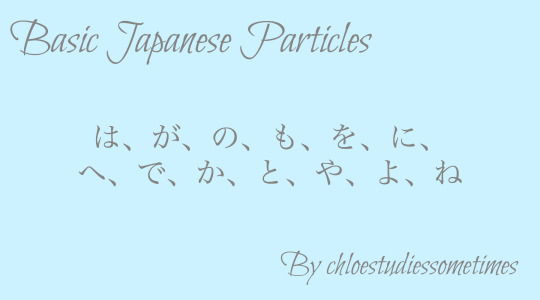
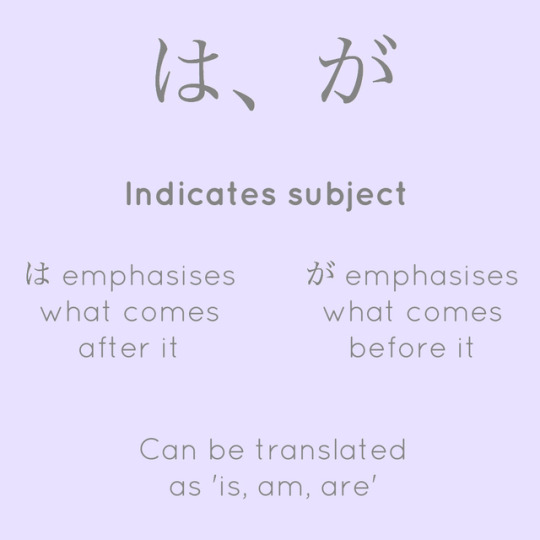



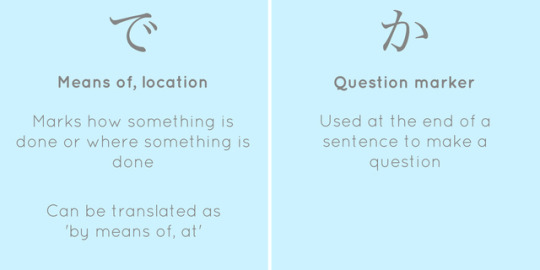

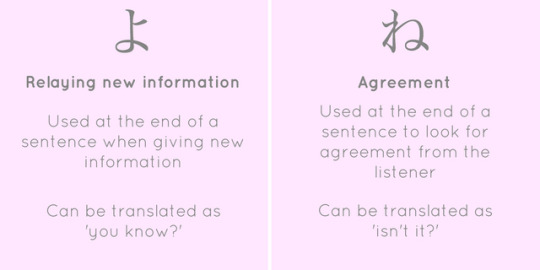
I’ve been meaning to make this post for a while, and I got an anon the other day asking about particles and a request from someone to make this post, so here it is! A list of basic particles and their usage! I hope this can help anyone struggling with particles and how to use them, but if I have made any mistakes please let me know ^^ (also please don’t remove my caption!)
15K notes
·
View notes
Photo

Many people have asked what book my kitten was laying on in the Catakana post so I wanted to show you, this is it! Read more for a peek inside and my thoughts on it :)
Keep reading
211 notes
·
View notes
Photo
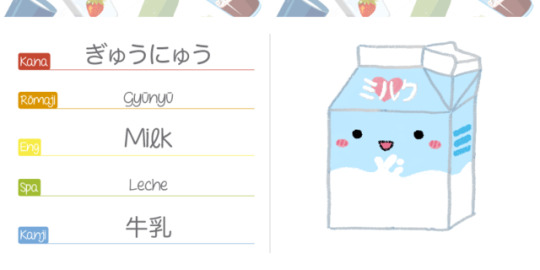
📕 ぎゅうにゅう 📙 Gyūnyū 📒 Milk 📗 Leche 📘 牛乳
160 notes
·
View notes
Text
basic mandarin #2: greetings
so from this post on i’m going to be introducing vocab and grammar starting from the beginning
***note: the characters will be typed with simplified characters and then the pinyin and meaning
词汇 cíhuì Vocabulary
我 wǒ I, me
你 nǐ you
您 nín you (polite)
他 tā he
她 tā she
它 tā it
们 men plural suffix for pronouns and some nouns
名字 míngzì name
中文 zhōngwén Chinese language
这 zhè this
那 nà that
叫 jiào to be called
不 bù negative prefix, not
是 shì to be (note: 是 can only be used with nouns; a different word is required for adjectives), yes
很 hěn very
什么 shénme what
谁 shéi who
什么时候 shénme shíhou when
为什么 wèishénme why
呢 ne a final particle
吗 ma a question particle for yes-no questions
老师 lǎoshī teacher
学生 xuéshēng student
先生 xiānshēng Mr.
小姐 xiǎojie Miss***
太太 tàitai Mrs.
早上/上午 zǎoshàng/shàngwǔ morning
中午 zhōngwǔ noon, midday
下午 xiàwǔ afternoon
晚上 wǎnshàng evening
早上好/早安 zǎoshàng hǎo/zǎo’ān good morning
下午好 xiàwǔ hǎo good afternoon
晚上好/晚安 wǎnshàng hǎo/wǎn’ān good evening
好 hǎo good
不错 búcuò not bad, fine
不太好 bú tài hǎo not so good
***since 小姐 is also considered as slang for prostitute, i asked some native speakers for advice and one said if you use someone’s name with 小姐 it’s okay (e.g., 陈小姐 Chen xiaojie) but that you can also use 美女 měinǚ and 姑娘 gūniang as alternatives. all in all, just treat carefully with 小姐
语法 yǔfǎ Grammar
Greeting others
When greeting others, you must address the person first then say the greeting.
陈先生,你好。
Hello Mr. Chen
刘太太,早安!
Good morning Mrs. Liu
Basic Sentence Structure
Like English, Mandarin has a Subject-Verb-Object sentence structure.
他是老师。
He is a teacher
我是学生。
I am a student
When asking a question, you usually can replace a word with the necessary question word.
她是谁?
Who is she?
她是金老师。
She’s Teacher Jin.
你叫什么名字?
What is your name? (literally You are called what name)
我叫雅玲。
My name is Yaling (literally I am called Yaling)
吗 is used to ask a yes-no question
你是老师吗?
Are you a teacher?
我是老师 OR 我不是老师
I am a teacher OR I am not a teacher
呢 ne
If someone asks you a question, you can use 呢 ne at the end of a sentence to make it interrogative. In many cases it functions the same way as “how about…?” in English.
你好吗?
How are you?
我很好,你呢?
I’m well, and you?
so this is it for the second basic mandarin post. i would appreciate any feedback that you have. thanks, and i hope this helps!!
2K notes
·
View notes
Text
rainy day vocab (mandarin)

this was inspired by a post i saw by @talen-en-regendagen
雨 yû rain
大雨 dàyû heavy rain
雨天 yûtiān rainy day
雨季 yûjì rainy season
水 shuî water
雨滴 yûdī raindrop
雨丝 yûsī drizzle
毛毛雨 máomáoyû drizzle
水坑 shuîkēng puddle
雾 wù fog, mist
雷 léi thunder
雷雨/雷暴 léiyû/léibào thunderstorm
闪电 shândiàn lightning
冰雹 bīngbáo hail stone
风 fēng wind
彩虹 câihóng rainbow
雨伞 yûsân umbrella (can also just say 伞)
雨衣 yûyī raincoat
雨靴 yûxuē rain boots
下雨 xiàyû to rain
下雹 xiàbáo to hail
大风 dàfēng windy
淋雨 línyû to get wet in the rain
满城风雨 mân chéng fēng yû lit. wind and rain through the town; fig. a big scandal, the talk of the town
雨后春笋 yû hòu chūn sûn lit. after rain the spring bamboo; fig. rapid new growth, many new things emerge in rapid succession
雨过天晴 yû guò tiān qíng lit. sky clears after rain; new hopes after a disastrous period, every cloud has a silver lining (also written 雨过天青 with 青 qīng)
梨花带雨 lí huā dài yû lit. like raindrops on a pear blossom; fig. the tearstained face of a beauty
as usual if there are any mistakes just let me know!
2K notes
·
View notes
Photo
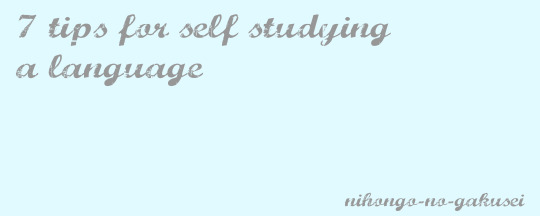
Some of these may be fairly obvious, but I feel that sometimes people (me included) overlook the obvious. Hopefully by following these tips you’ll be able to study more effectively and see an improvement in your language learning!
1. Know how you learn best. You can take quizzes online to find out what kind of learner you are, whether you learn best by writing things out, listening to information, reading, etc etc. This might be obvious, but if you’re not using studying techniques that work for you, you won’t learn much (or it’ll take you much longer than necessary). Following on from this- DON’T LET OTHER PEOPLE TELL YOU WHAT TECHNIQUES WILL/ WON’T WORK FOR YOU. This happened all the time at school, teachers would tell me I can’t study by just writing/ reading my notes. Jokes on them, I got 7 A’s.
2. Do a bit everyday. This doesn’t mean you have to sit down in front of a textbook for 2 hours a day. Even just reading over the notes you made the previous week will help commit it all to memory. Honestly, rereading notes is the way to go when you’re tried/ just feeling lazy (we all have those days). Repetition repetition repetition!
3. Use more than one resource. Only using one textbook/ app/ website is only going to give you one definition/ explanation for what you’re learning. Having a ‘back up’ resource will mean if you come across something you’re not sure about you can easily look up another explanation which should help you understand it better! It may also cover something that isn’t mentioned in your ‘main’ resource, so you’ll be learning even more! That being said, try not to overload yourself with textbooks and online courses. Using too much will slow you down.
4. Set goals. Breaking it down into smaller chunks will prevent you from feeling totally overwhelmed with the idea of learning a language. Setting goals like ‘5 grammar points and 20 words a week’ will mean that you can easily progress and achieve what was set, which will not only make you feel great about achieving those goals, but it will also mean you will be learning at a good pace. Following on from that…
5. Go at your own pace. Just because someone claims you can be fluent in 3 months (ya’ll know who I’m talking about) doesn’t mean it’ll work out like that for you. Sure, some people can learn a language to a high level in a year, but for others it may take them 2 or 3 years to get to the same level. That’s totally fine! If you try to rush, chances are you won’t actually learn much at all. It’s much better to take all the time you need (be it 3 months or 3 years) than trying to learn it all at once but never remembering it or learning it wrong.
6. Use the language in everyday life. You don’t have to travel around the world to do this. You can change the language on your phone/ laptop, make friends online who are native speakers, writing a diary, even just talking to yourself. Using the language will help cement it in your mind and make it feel more natural when you speak it. Even just narrating your day in your head will help you become more familiar with the grammar and words used.
7. Write things down. Even if you don’t write out pages and pages of notes from a textbook, keeping note of new words or grammar structures you’ve learnt will help you remember them, and if you forget something it’s all there in writing! It will save you from having to look it up again online or in your textbook, and the process of writing it out will help you become more familiar with it and commit it to memory.
3K notes
·
View notes
Text
tea
茶 tea
green tea 绿茶 (lǜ chá)
black tea 红茶 (hóng chá)
tea leaves 茶叶 (chá yè)
teapot 茶壶 (chá hú)
teacup 茶杯 (chá bēi)
tea bag 茶包 (chá bāo)
Pu’er tea 普洱茶 (pǔ ěr chá)
oolong tea 乌龙茶 (wū lóng chá)
tea with milk 奶茶 (nǎi chá)
strong tea 浓茶 (nóng chá)
weak tea 淡茶 (dàn chá)
brick tea 砖茶 (zhuān chá)
290 notes
·
View notes
Text
中文词汇 colors
so @yusibts requested a color vocab list so here it is! i went all in with it so i hope you enjoy
basic colors:
颜色 yánsè color
红色 hóngsè red
粉红色 fěnhóng sè pink
橘色 jú sè orange
黄色 huángsè yellow
绿色 lǜsè green
蓝色 lán sè blue
紫色 zǐsè purple
咖啡色/棕色/褐色 kāfēisè/zōngsè/hésè brown (all i know is all of these mean brown but the first one is specified as *coffee* brown but other than that idk if there are any distinctions btw them)
白色 báisè white
灰色 huīsè grey
黑色 hēisè black
银色 yínsè silver
金色 jīnsè gold
beyond the basics:
*note: for colors you can add 深 shēn (dark) or 浅 qiǎn (light) to colors to describe their intensity*
深红 shēn hóng dark red
玫瑰红 méi gui hóng rose red
棕红 zōng hóng brown-red
珊瑚红 shānhú hóng coral
鲜红 xiānhóng bright red
绯红 fēihóng scarlet
枣红 zǎohóng maroon
RED IDIOMS
看破红尘 kàn pò hóng chén “to see through the red dust of the world”; to give up worldly desires and live a Buddhist monastic lifestyle
姹紫嫣红 chà zǐ yān hóng “beautiful purples and bright reds”; for describing a bright and colorful bouquet
桔黄 jú huáng tangerine
柠檬黄 níngméng huáng lemon yellow
橄榄黄 gǎnlǎn huáng olive yellow
杏黄 xìng huáng apricot
金黄 jīn huáng golden yellow
YELLOW IDIOMS
明日黄花 míng rì huáng huā “crysanthemums after the Double Ninth Festival”; an antiquated or outdated thing
人老珠黄 rén lǎo zhū huáng “old and yellow”; an old and faded woman
青黄不接 qīng huáng bù jiē “the yellow crop of autumn doesn’t last until the green of spring”; reffers to scarce resources, such as not enough manpower or not being able to make ends meet
橄榄绿 gǎnlǎnlǜ olive green
葱绿 cōnglǜ scallion green/verdant
苹果绿 píngguǒlǜ apple green
森林绿 sēnlín lǜ forest green
水草绿 shuǐ cǎolǜ seaweed green
草绿 cǎolǜ grass green
GREEN IDIOMS
红男绿女 hóng nán lǜ nǚ “red gentlemen and green ladies”; young people dressed up in fancy clothes
柳绿花红 liǔ lǜ huā hóng “green willows and red flowers”; the colors of spring
戴绿帽子 dài lǜ mào zi “to wear a green hat”; to be cheated on by one’s wife
脸都绿了 liǎn dōu lǜ le “green in the face”; to look sick/unwell
花花绿绿 huā huā lǜ lǜ “lots of flowers and green”; colorful, flashy, and gaudy
天蓝 tiānlán sky blue
蔚蓝 wèilán azure
月光蓝 yuèguāng lán moonlight blue
海洋蓝 hǎiyáng lán sea blue
BLUE IDIOMS
青出于蓝 qīngchūyúlán “green supersedes blue”; the younger generation surpasses the old
衣衫蓝褛 yīshān lán lǚ “shabby clothes
紫罗兰色 zǐluólán sè violet
葡萄籽 pútáo zǐ grape purple/grayish purple
玫瑰紫 méiguizǐ rose purple
暗紫 àn zǐ gloomy purple
PURPLE IDIOMS
万紫千红 wàn zǐ qiān hóng “thousands of purples and reds”; the flourishing of a variety of industries
紫气东来 zǐ qì dōng lái “purple breeze blows from the east”; suggests and auspicious and lucky time is coming
橙红色 chéng hóngsè red-orange
柿子橙 shìzi chéng persimmon
热带橙 rè dài chéng tropical orange
蜜橙 mì chéng honey orange
深橙 shēn chéng dark orange
ORANGE IDIOMS
红橙黄绿蓝靛紫 hóng chéng huáng lǜ lán diàn zǐ “red, orange, yellow, green, blue, indigo, purple”; all the colors of the rainbow
象牙白 xiàng yá bái ivory
牡蛎白 mǔ lì bái oyster white
珍珠白 zhēn zhū bái pearl white
玉石白 yù shí bái jade white
银白 yín bái silvery white
米白 mǐ bái beige
WHITE IDIOMS
一穷二白 yī qióng è bái “first poor then white”; describes someone as financially impoverished and culturally backward
唇红齿白 chún hóng chǐ bái “red lips and white teeth,”; describes a beautiful feminine mouth
白璧无瑕 bái bì wú xiá “white as jade without imperfections”; spotless and perfect.
土黑 tǔ hēi soil or earth colored
煤黑 méi hēi coal black
碳黑 tàn hēi soot black
古铜黑 gǔ tóng hēi black like the color of old copper
铁黑 tiě hēi iron black
BLACK IDIOMS
月黑风高 yuè hēi fēng gāo “the moon is black and the winds are high”; a dark, windy and ominous night
起早贪黑 qǐ zǎo tān hēi “rise early and desire the dark”; to wake up early and sleep late
颠倒黑白 diān dǎo hēi bái “reverse black and white”; to distort the truth and misrepresent facts.
银灰 yín hūi silver gray
铁灰 tiě hūi iron gray
铅灰 qiān hūi lead gray
烟灰 yān hūi smoky gray
GRAY IDIOMS
万念俱灰 wàn niàn jù hūi “all hopes turn gray”; utter disappointment
灰心丧气 hūi xīn sàng qì “gray heart and mournful spirits”; to feel down and depressed.
红棕 hóng zōng reddish brown
金棕 jīn zōng golden brown
奶油色 nǎi yóu sè cream or nude
豆沙色 dòu shā sè literally “red bean colored,” this color looks like a pinky-mauve and is a popular color for lipstick!
牛仔色 níu zǎi sè denim colored
荧光色 yíng guāng sè neon
彩虹色 cǎi hóng sè rainbow
so that’s it for the color vocab post
as per usual if there’s any mistakes just hmu
3K notes
·
View notes
Text
[漢字 배우자! 1 ] What is Hanja?

Welcome to the first post of my new “漢字(한자) 배우자!” I love Hanja, but a lot of Korean-learning resources don’t really cover it unless it’s a resources specifically targeted toward people who want to learn Hanja. In this first post, I’ll start by briefly introducing what Hanja is and why it matters to Korean, and then I’ll introduce a few characters.
What is Hanja?
Hanja (漢字) is the Korean word for Chinese characters. About 70% of Korean vocabulary is based on Chinese characters, so being familiar with Hanja could potentially make it easier for you to learn and remember new words. I personally find Hanja especially useful in cases where the meanings of two words are very similar. If I know what their component Hanja are, I can work out the little nuances in the word meanings using the individual meanings of the Hanja.
While Hanja is no longer extensively used in Korean writing—it used to be the main writing form until Hangul was created, and even then it was used mixed in with Hangul for a long time—that doesn’t mean it has entirely disappeared. Names are one place where you can see Hanja. While some Koreans have native Korean names that are not based on Hanja, most have names that are based on the Chinese characters, which you can see on their identification cards. You might also see a few Hanja in newspapers or on the news, particularly to denote specific countries, and sometimes words in books will have the Hanja written beside the hangul if the word has a homophone with a more common meaning, or if the word being used isn’t a very common one. Just walking around the city, you can see Hanja over doors and gates in old historical palaces, on restaurant and building signs… There are a lot of places you might see Hanja!
Hanja are divided into levels, and there is even a test that one can take to determine their level of proficiency in Hanja. The most basic characters are 8급 (level 8) and the most difficult are 1급. There are also 특급 (special level) characters that are very rarely (or perhaps not at all) used in Korean. I’ve found that some common Kanji in Japanese and some common characters in Mandarin fall under 특급 or the higher levels in Korean Hanja’s ranking system!
Why learn Hanja?
A lot of the time when I tell Korean acquaintances that I study Hanja, I’m met with the question, “Why?” Many of them seem puzzled why I would even bother when Hanja isn’t commonly used in writing anymore, when the characters are so difficult to read/write/remember, when they say they’ve forgotten pretty much all the Hanja that they’ve ever learned and have no use for it… and I won’t pretend that Hanja is the most useful thing, because it isn’t, not anymore. However, I have a few reasons why I learn Hanja (and why I think others should too!)
I already mentioned one of the benefits I get from Hanja above, and that benefit is being able to work out word meanings easily. If I know the characters a word is made of, I can understand the nuances of meaning between words with similar meanings. This way of working out word meanings using Hanja also helps me understand words that I’m just encountering for the first time. If I hear or see a word that I don’t know, I can often infer which characters the word is comprised of and thus, can guess fairly accurately what the word means. Or, perhaps I see a new word and its Hanja written together, I can look at the characters and, if I know them, piece together what the word probably means. Of course, being able to do this requires having a decent mental storage of characters to choose from, but once you get there, the benefit is real!
The other reasons why I learn Hanja are less academic but no less valid! I personally find the characters beautiful to look at and fun to write, sort of like drawing, so that’s a plus for me, and knowing Hanja gives you something cool (depends on your definition of cool, I suppose!) to talk about when you meet new Korean friends! Getting into Hanja can be daunting at first if you’ve never dealt with Chinese characters before, but I hope you all at least give it a try to see if it works for you :)
Let’s learn Hanja
Now that you know what Hanja is and how learning it could help your Korean studies, let’s learn a few characters. I think it makes sense for us to start with the two characters in the word “漢字 한자.”
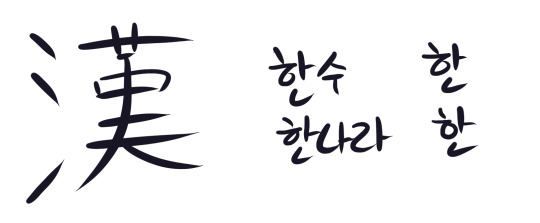
The first character we see is 한수/한나라 漢 (한) (읽기7급II). 한수 refers to the Han River, which cuts through the middle of Seoul; and 한나라 refers to the Han country, or the Chinese Han Dynasty, people of Han descent, and China. Since we know 漢字 is the word for “Chinese characters,” we know that in this case, the meaning of 漢 is 한나라 한 and not 한수 한.

The second character here is 글자 자 (읽기7급), which is a character that refers to writing. Combined with 한나라 漢 (한), we get the meaning of “Chinese writing” or “Chinese characters.
Let’s look at a few more words that use these characters:
漢:
漢江 한강 (한수 한, 강 강)- The Han River
漢水 한수 (한수 한, 물[water] 수)- Another (less common) way to refer to the Han River
字:
數字 숫자 (셀[count] 수, 글자 자)- number
文字 문자 (글월[writing, sentence] 문, 글자 자)- script, writing
EX: 무자 메시지 (text message)
Let’s write Hanja
Writing 漢字 is another fun part of learning the characters! While you don’t really need to know how to write them, I find it pretty fun, and they look cool too!
Each character follows a specific stroke order which usually goes from top to bottom, left to right. Try to follow along and write today’s characters!
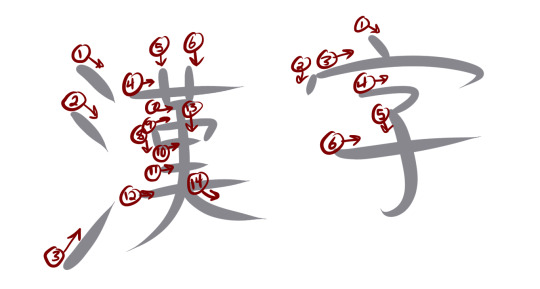
805 notes
·
View notes
